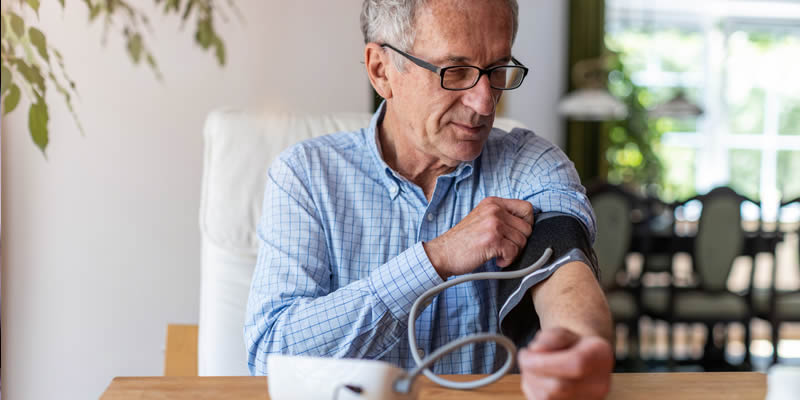Combining telemedicine with in-person treatment can help to reduce the risk of further illness in children with complex medical conditions.
That is the findings of a new study which shows that children who received both telemedicine and comprehensive care were 99 per cent less likely to need extra care for serious illness in comparison to children who just received traditional care.
Researchers from the University of Texas Health Science Center in America compared 422 children with complex medical conditions who need intense care supervision and often require feeding tubes or tracheostomies – a tube which is inserted in the throat to carry air to the lungs.
- Playing online games is just as effective as exercise for losing weight, experts claim
- Mathematical model that predicts gut changes could help design effective diets
Corresponding author Dr Ricardo Mosquera, associate professor of pulmonary medicine at McGovern Medical School, said: “In the beginning, we were concerned about seeing the children through telemedicine instead of in the clinic.
“Most of these patients have feeding tubes or tracheostomies, so we didn’t know how it would go. But, I think what we found is promising. I think providers can feel comfortable knowing that telemedicine appointments are just as effective. They don’t always have to bring high-risk patients in to the clinic.”
The authors say that reducing exposures to children who are high-risk is particularly important during the pandemic and other seasonal illnesses.
- Children whose mothers had diabetes during pregnancy more likely to develop eye problems, study finds
- 90% of children with ADHD will continue experiencing ‘residual’ symptoms in adulthood, experts claim
Dr Mosquera added: “Children with medically complex cases are at a higher risk of becoming severely ill. So, being able to assess these patients from their home, where they are less likely to be exposed to public areas or other critically ill patients, is important in reducing their risk.
“Some appointments will still need to be in person. But this assures providers and even parents that they can do both in person and telemedicine. Patients don’t have to be seen solely in person to have good results. The results will be the same or even better because they are less likely to have further illnesses when they do both.”
The study has been published in the journal Pediatrics.



